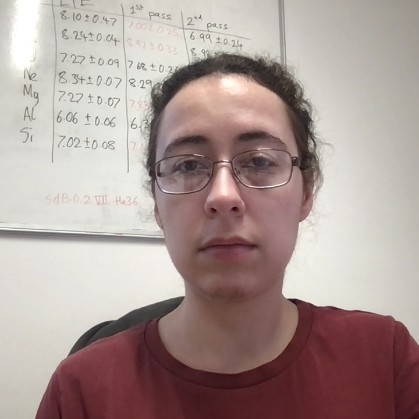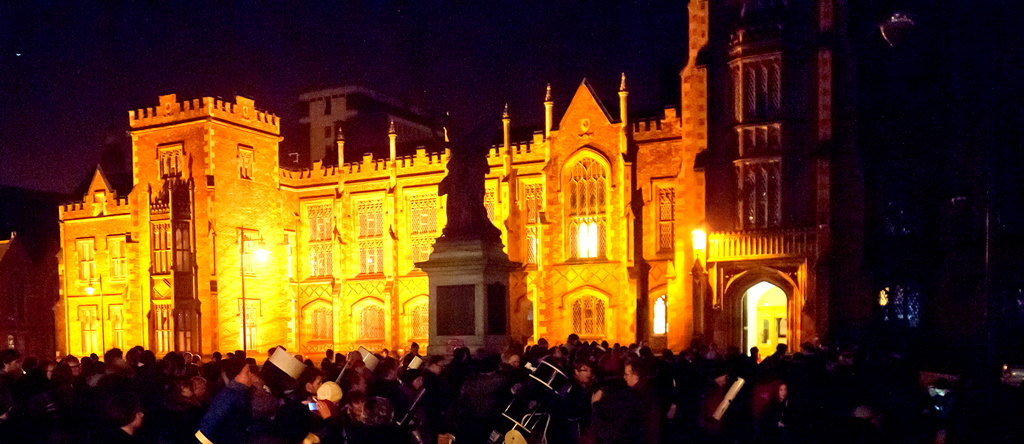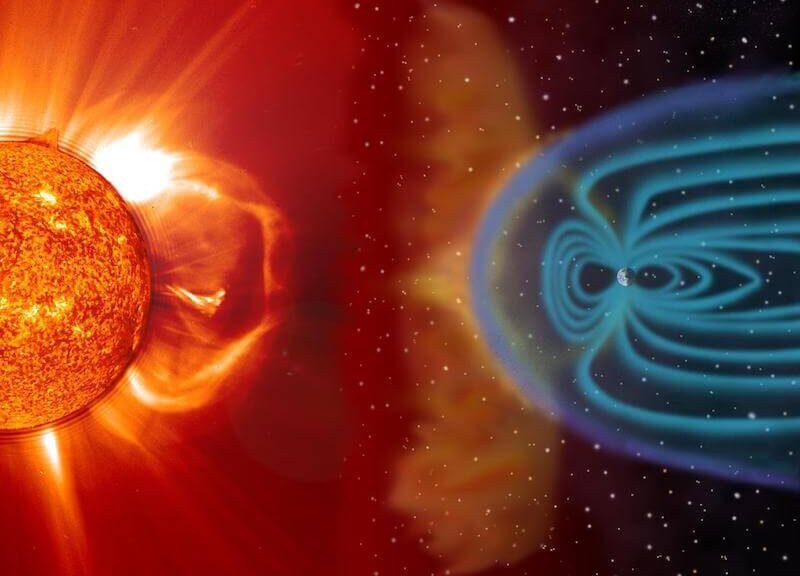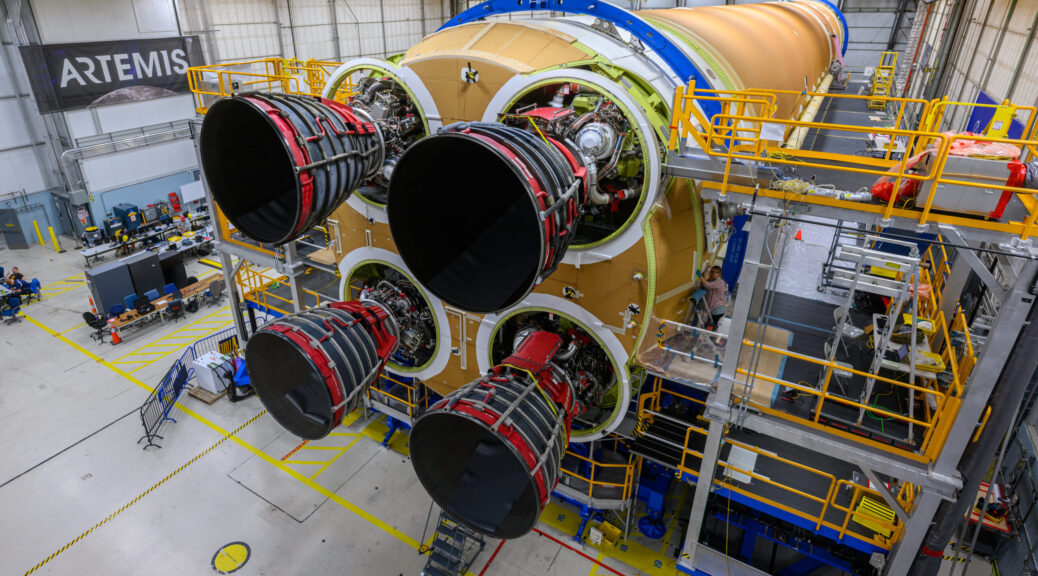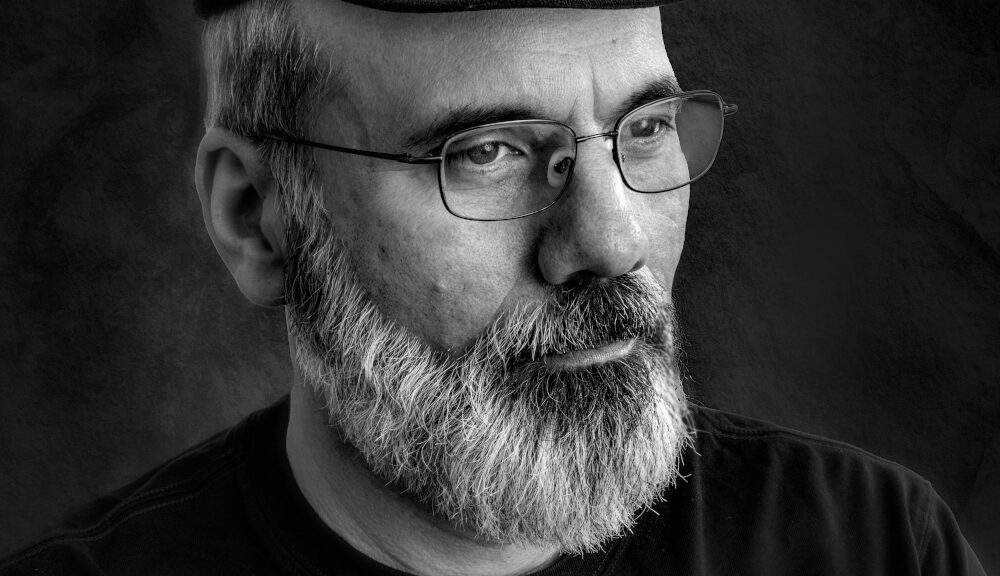Luke Majury –
Biography: I am Luke, a PhD student researching multi-wavelength observations of solar flares under Dr. Ryan Milligan. I have recently completed my first year of PhD study following the completion of an integrated master’s degree in astrophysics at QUB. Before starting an integrated master’s degree, I developed an interest in astronomy whilst undertaking a GCSE in the subject during my spare time under the tutelage of my secondary school physics teacher. My research currently revolves around comparisons of hydrogen Lyman-alpha and hard X-ray emissions during solar flares.
Synopsis/Abstract: Solar flares are among the most powerful events in our solar system. They occur due to the release of magnetic energy in the uppermost layer of the solar atmosphere. This process accelerates particles to high energies, with these energetic particles dissipating their energy via Coulomb collisions, resulting in a burst of electromagnetic radiation which we observe as a flare. Solar flares have been observed as early as 1859 during the Carrington event, since then great advances have been made in our understanding of flares via both observational and theoretical work. As we approach the peak of solar cycle 25 flares will become more frequent, allowing for abundant observations to be made with state-of-the-art observatories such as Solar Orbiter, Solar-C and the Advanced Space-Based Solar Observatory.
Thomas Moore
Title: Fast! Slow? Bright or Faint‽: exploring the diversity of supernovae
With the advent of large-scale robotic sky surveys, the number of supernovae we discover has ’exploded’. In this talk I will discuss what supernovae are, some of the history of their discovery and their incredible diversity.
I will also discuss the discovery, follow-up, and periodic signals of SN 2022jli – the most exciting supernova of the decade? (although I am biased).
Bio:
Thomas is a final year astrophysics PhD student at Queen’s University Belfast where he obtained an MSci in Physics with Astrophysics in 2021. His research focuses on observation and modelling of supernovae discovered by the ATLAS all-sky survey and spectroscopic observations using the ESO New Technology Telescope.
Venue: Larmor Lecture Theatre, Physics building, Queen’s University Belfast, 7.30 p.m.
Admission free, including light refreshments. All welcome.

